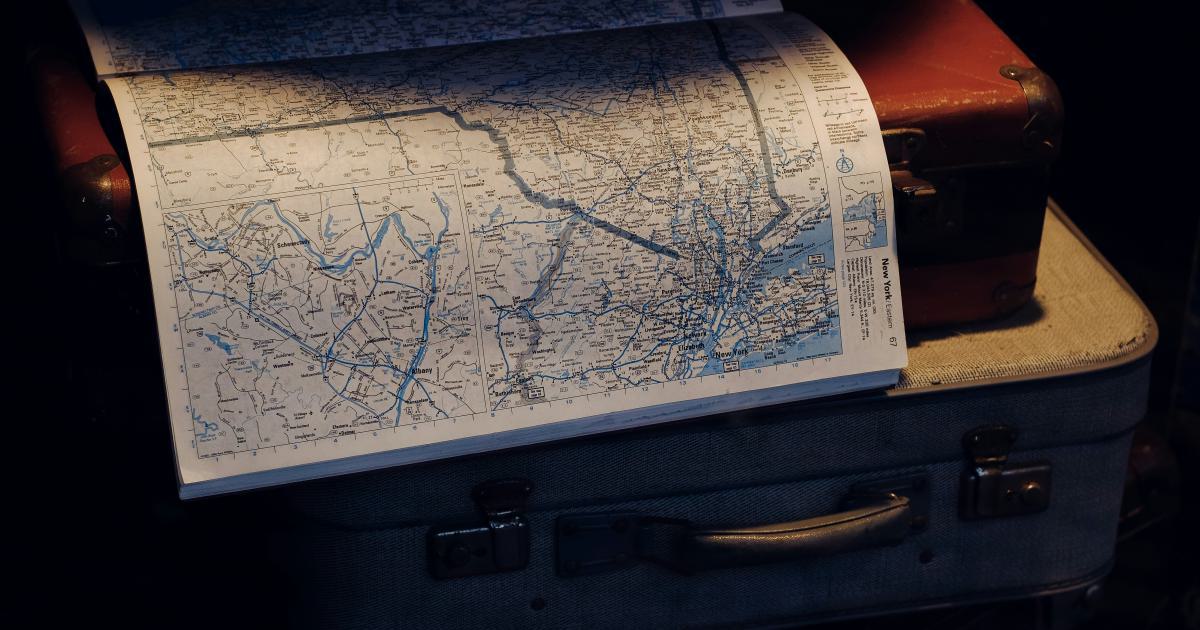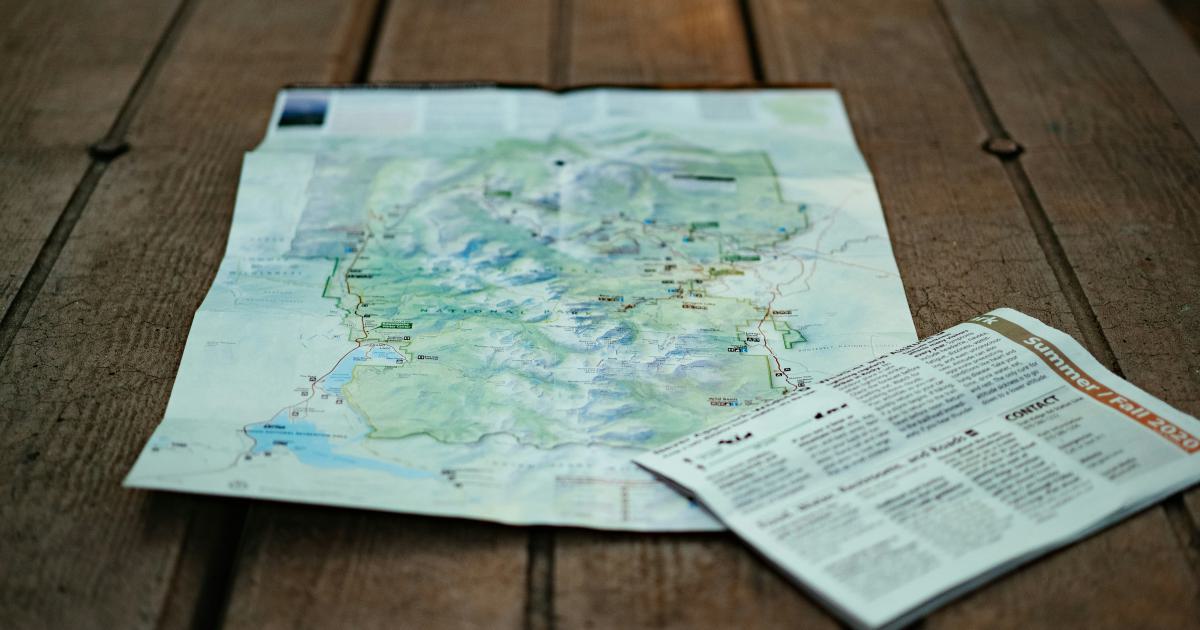Unlocking the Power of Scroll Maps: Optimize Page Design for Engagement


Harnessing the Potential of Scroll Maps
Scroll maps have emerged as a powerful tool in the realm of web design, offering valuable insights into user behavior and enabling marketers and designers to create more engaging and optimized digital experiences. These interactive visualizations provide a detailed view of how users navigate through a webpage, revealing patterns, hotspots, and areas of interest that can inform decision-making and drive meaningful improvements.
In an era where capturing and retaining user attention is paramount, understanding the dynamics of scroll behavior has become a critical component of effective page design. By leveraging the insights gleaned from scroll maps, businesses can optimize their online presence, enhance user engagement, and ultimately, drive more successful outcomes.

Defining Scroll Maps: A Comprehensive Overview
Scroll maps are data visualizations that track and illustrate the scrolling patterns of users as they navigate a webpage. These heat maps provide a visual representation of the areas on a page that receive the most attention, with "hot" zones indicating high levels of user engagement and "cool" zones signifying lower levels of interaction.
By analyzing scroll maps, designers and marketers can gain a deeper understanding of how users consume content, where they spend the most time, and which elements on the page capture their interest. This invaluable information can then be used to strategically position important content, optimize the layout, and enhance the overall user experience.
The Importance of Scroll Maps in the Digital Landscape
In the digital age, where attention spans are increasingly fragmented, the ability to effectively engage and retain users is paramount. Scroll maps play a crucial role in this landscape by:
Enhancing User Experience: By understanding how users interact with a webpage, designers can optimize the layout, content placement, and visual hierarchy to create a more intuitive and engaging user experience.
Improving Content Optimization: Scroll maps can identify high-performing and underperforming content, allowing marketers to refine their strategies and ensure that the most valuable information is prominently displayed.
Informing Design Decisions: The insights gleaned from scroll maps can guide design decisions, such as the placement of calls-to-action, the use of visual cues, and the overall information architecture of a website.
Increasing Conversion Rates: By optimizing the user experience and ensuring that critical content and conversion points are positioned effectively, businesses can leverage scroll maps to drive higher conversion rates and achieve their marketing goals.
Fostering Data-Driven Strategies: Scroll maps provide quantifiable data that can be used to make informed, data-driven decisions, rather than relying solely on assumptions or gut feelings.
Leveraging Scroll Maps for Effective Page Design
Understanding Scroll Behavior Patterns
To effectively harness the power of scroll maps, it's crucial to understand the common patterns and trends in user scrolling behavior. Some of the key insights that scroll maps can reveal include:
Engagement Levels: Scroll maps can identify the areas of a page that receive the most and least attention, indicating which content is resonating with users and where they are losing interest.
Scroll Depth: Scroll maps can provide insights into how far users are scrolling down a page, helping to determine the optimal placement of critical content and conversion points.
Hotspots and Coldspots: Scroll maps can highlight "hotspots" (areas of high engagement) and "coldspots" (areas of low engagement), guiding designers to optimize the layout and placement of key elements.
User Segmentation: Scroll maps can be analyzed by user segment, allowing businesses to tailor their page design and content strategies to the specific needs and behaviors of different audience groups.

Designing for Optimal Scroll Engagement
Armed with the insights gleaned from scroll maps, designers can implement a range of strategies to create more engaging and effective page designs. Some of the key considerations include:
Content Hierarchy and Placement
Prioritize the placement of the most critical and valuable content, ensuring that it is positioned in the "prime real estate" of the page where users are most likely to engage. Strategically position calls-to-action, lead generation forms, and other conversion-oriented elements to maximize their visibility and impact.

Visual Cues and Signposts
Incorporate visual cues, such as scrolling indicators, sticky elements, and subtle animations, to guide users and encourage continuous engagement as they navigate the page. These signposts can help maintain user interest and direct their attention to key areas of the content.

Modular Layout and Scrolling Experiences
Adopt a modular approach to page design, breaking content into distinct sections or "cards" that can be easily scanned and digested. This can create a more engaging and user-friendly scrolling experience, reducing cognitive load and keeping users invested in the content.

Responsive Design and Optimization
Ensure that the page design is optimized for various device sizes and screen resolutions, providing a seamless and consistent user experience across all platforms. Adjust content placement, image sizes, and interactive elements to cater to the unique scrolling behaviors and expectations of mobile, tablet, and desktop users.

Personalization and Contextual Relevance
Leverage user data and behavioral insights to personalize the page content and layout, presenting users with information and experiences that are most relevant to their interests and needs. This can enhance engagement, increase conversions, and foster a stronger connection between the user and the brand.

Case Studies: Scroll Map-Driven Optimization
To illustrate the practical application of scroll map insights, let's examine a few real-world examples of how businesses have leveraged this powerful tool to enhance their page design and improve user engagement.
Example 1: Optimizing an E-commerce Product Page
A leading e-commerce brand analyzed the scroll map data for their product pages and discovered that a significant percentage of users were not reaching the "Add to Cart" button, which was positioned near the bottom of the page. By relocating the call-to-action button to a more prominent position and streamlining the content layout, the brand was able to increase their add-to-cart conversion rate by 17%.

Example 2: Improving a SaaS Landing Page
A software-as-a-service (SaaS) company noticed that their landing page had a high bounce rate, indicating that users were not engaging with the content as expected. Upon analyzing the scroll map data, the team identified that the key features and benefits were positioned too low on the page, resulting in users exiting before reaching the most valuable information. By restructuring the layout and elevating the critical content, the company saw a 23% increase in lead generation form submissions.

Example 3: Enhancing a Blog Article Layout
A popular blog noticed that certain articles were experiencing lower-than-average engagement, with users scrolling only a fraction of the way down the page before abandoning it. By examining the scroll map data, the team discovered that the content structure and formatting were not optimized for effective scanning and skimming. By introducing more visual elements, breaking up the text into digestible sections, and strategically placing calls-to-action, the blog saw a 28% increase in average time spent on the page and a 15% boost in reader retention.

These case studies demonstrate the tangible benefits of leveraging scroll map insights to drive page design optimization, leading to improved user engagement, increased conversions, and greater overall success.
Implementing Scroll Map-Driven Strategies
To effectively implement scroll map-driven strategies, businesses should follow a structured approach that combines data analysis, design optimization, and ongoing testing and refinement.
Step 1: Implement Scroll Tracking and Data Collection
Begin by integrating a scroll tracking solution, such as a heat mapping tool or website analytics platform, to capture and visualize user scrolling behavior on your webpages. Ensure that the data collection process is thorough and comprehensive, capturing insights across different device types, user segments, and content types.
Step 2: Analyze Scroll Map Insights
Carefully examine the scroll map data to identify patterns, trends, and areas of opportunity. Look for insights related to engagement levels, scroll depth, hotspots and coldspots, and user segmentation. Synthesize these findings to inform your page design optimization strategies.

Step 3: Prioritize and Plan Design Improvements
Based on the insights gleaned from the scroll map analysis, develop a comprehensive plan to optimize the page design. Prioritize the most critical areas for improvement, such as content placement, visual cues, and user experience enhancements. Ensure that the proposed changes align with your overall business objectives and user needs.

Step 4: Implement and Test Design Optimizations
Proceed with the implementation of the design optimizations, ensuring that the changes adhere to responsive design principles and maintain a cohesive user experience across all device types. Conduct A/B testing or multivariate testing to measure the impact of the changes and validate the effectiveness of the scroll map-driven strategies.

Step 5: Continuous Monitoring and Refinement
Continuously monitor the performance of the optimized page design, analyzing updated scroll map data and user engagement metrics. Use these insights to further refine the layout, content placement, and interactive elements, ensuring that the page remains engaging and effective over time.

By following this structured approach, businesses can unlock the full potential of scroll maps and leverage the insights to create more engaging, user-centric page designs that drive measurable improvements in user experience, conversions, and overall business success.
Conclusion: Embracing the Power of Scroll Maps
Scroll maps have emerged as a transformative tool in the world of web design and digital marketing, providing valuable insights that can unlock new levels of user engagement and business success. By understanding the intricacies of scroll behavior and leveraging these insights to optimize page design, businesses can create experiences that captivate and retain their audience, driving meaningful outcomes and positioning themselves for long-term growth.
As the digital landscape continues to evolve, the strategic use of scroll maps will become increasingly essential for companies seeking to stay ahead of the curve, deliver exceptional user experiences, and achieve their marketing and business objectives.